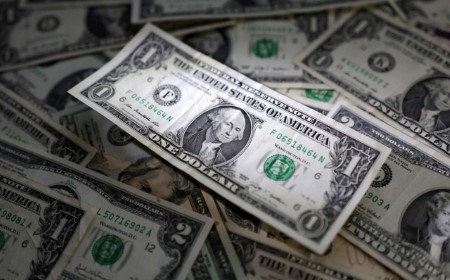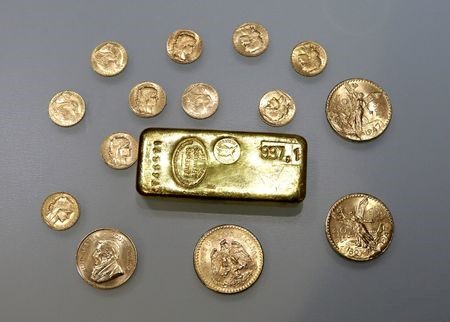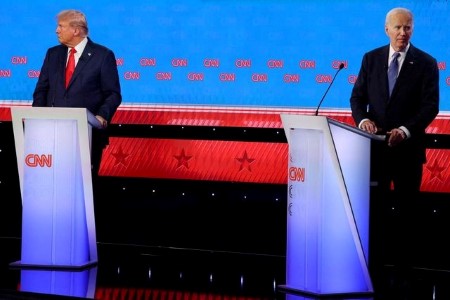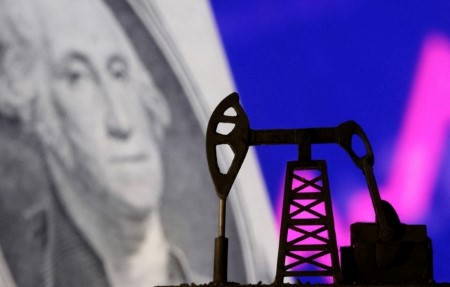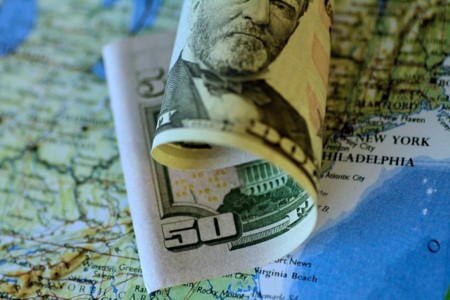SINGAPORE – Commodity currencies touched multi-week lows on Wednesday tracking weakness in Chinese demand, while the yen has surged as short-sellers bail out ahead of a central bank meeting.
Purchasing managers’ index figures will be particularly watched in Europe later in the session to see whether they support bets on two European rate cuts by the end of January.
The euro held at USD 1.0848 in Asia trade and the sterling, which could rally if PMIs in Britain surprise to the upside and reduce bets on rate cuts, bought USD 1.2901.
Markets price a 44% chance of a 10 basis point rate hike in Japan next week and speculators, having also been rumbled by a few rounds of suspected currency intervention from Japan, are closing what had been profitable “carry trades” funded in yen.
Dollar/yen fell nearly 1% to 155.55 overnight and traded nearby at 155.78 early in the Asia session.
Moves in other pairs were even larger, with the euro dropping 1.3% on the yen overnight and hitting a five-week low of 168.79 yen in Asia. Mexico’s high-yielding peso dropped 2% on the yen overnight and the Australian dollar is down almost 6% on the yen in two weeks.
“The yen was super, super cheap,” said BNZ senior strategist Jason Wong in Wellington. “But with intervention, lots and lots of short position (holders) are taking money off the table ahead of the Bank of Japan meeting next week.”
Falls in oil, iron ore, and copper prices as well as a ripple of risk aversion in equities have dragged currencies such as the Australian, New Zealand, and Canadian dollars down on the US dollar.
The Aussie touched a five-week low just below USD 0.6612 in early trade on Wednesday. The New Zealand dollar hovered near Tuesday’s two-and-a-half-month low of USD 0.5951.
Chinese growth figures missed forecasts last week and surprise rate cuts on Monday have drawn attention to a lackluster outlook for raw material demand, weighing bellwether commodities such as iron ore and copper to three-month lows on Wednesday.
The Canadian dollar made a six-week low of CUSD 1.3787 per dollar ahead of a central bank meeting later on Wednesday where markets have priced an 84% chance of a 25 basis point rate cut.
At 104.5 the US dollar index was close to a two-week high. China’s yuan was steady at 7.2909 in offshore trade.
Further ahead traders are waiting on US GDP and core PCE data due later in the week to test expectations for two US rate cuts over the rest of this year. Next week’s second-quarter inflation data in Australia will be crucial for pricing the risk of another interest rate hike.
(Reporting by Tom Westbrook; Editing by Sam Holmes)







 DOWNLOAD
DOWNLOAD







